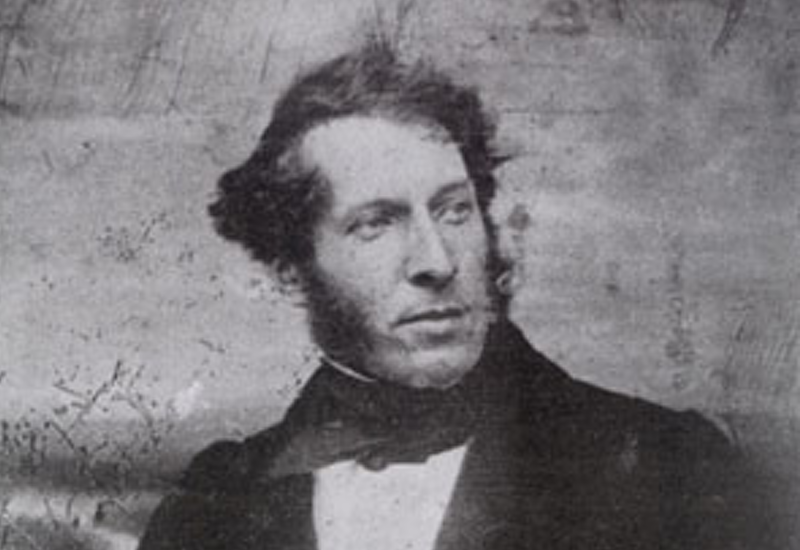Alfred Barber was born in Nottingham in 1808, the son of a portrait painter. Barber began his career as a printer and stationer, but in 1841 he obtained a license from Richard Beard to start using the Daguerreotype photographic process. Later that year Barber opened the first photographic studio in Nottingham.
Before William Henry Fox Talbot made his discoveries, the Daguerreotype was the leading method for creating photographic images. However there were several drawbacks: The process produced photographs in mirror image; the pictures have to be printed onto silver-coated copper plates which are expensive and can easily became tarnished; the images are very delicate and can get scuffed; the process of making the images is very complicated and the process of copying is even more complicated. These are just a few of the drawbacks to Barber’s process, despite this he continued to use it long after Fox Talbot made his discoveries.
Barber moved around a lot, mainly to avoid paying the Daguerreotype copyright holder any money for his license. So when he moved to Reading in 1853 he was essentially on the run. Barber operated his business in the town until 1856. He continued to move around the country to avoid paying Richard Beard, eventually he moved to the Channel Islands where Beard’s patent did not apply.

